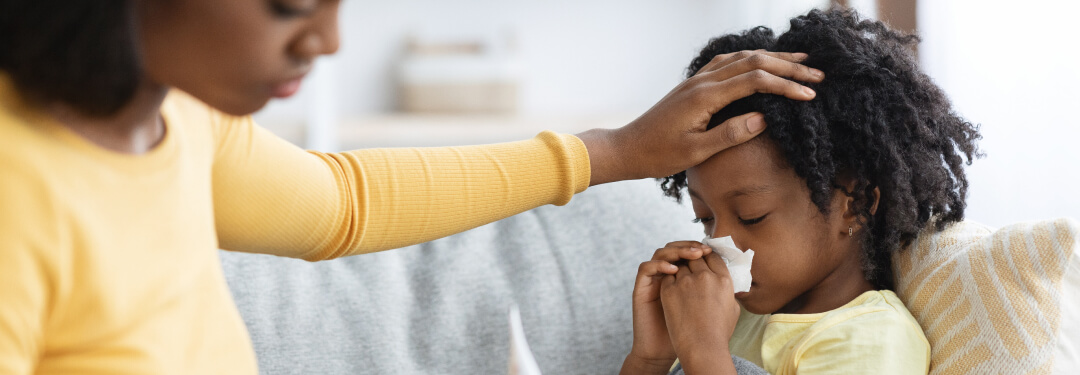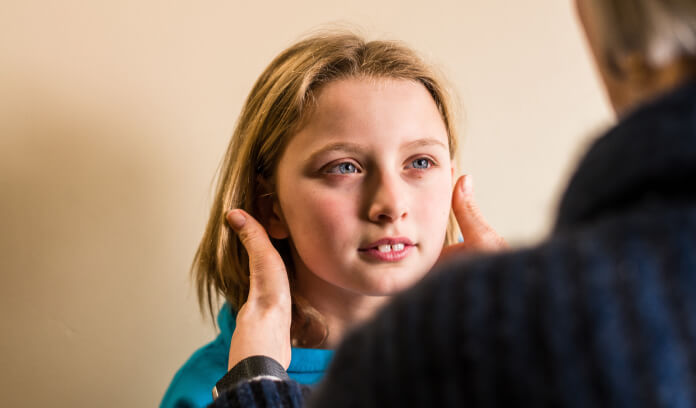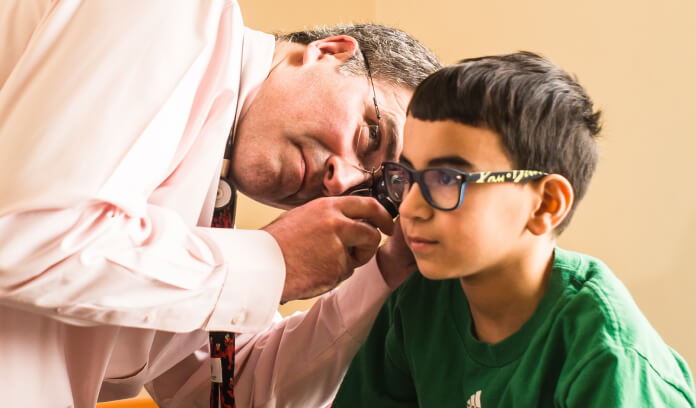Using the power of the athenahealth® network to uncover unique flu season data
athenahealth’s Flu Dashboard is tracking the spread of the flu throughout the U.S. for the benefit of clinicians, patients, and others across the healthcare ecosystem. We use our network data to follow influenza-like symptoms across approximately 1.4 million patient visits per week among more than 25,000 pediatricians, primary care providers, and emergency medical providers.
The interactive flu-tracker graphics above show the progress of flu season in two ways: as a flu map of data on patient visits involving a diagnosis of influenza-like illness (ILI) by state on a weekly basis, and as a line chart with year-over-year comparisons to past flu seasons. Click on the buttons at the top to switch between the Map and Comparison views. In the Comparison view, click on the buttons below the line chart to view data for all patients vs. pediatric patients.
Leveraging the power of the network, athenaOne® allows us to see ILI diagnoses across practices and payers in every U.S. state. Our network includes more than 160,000 clinicians at medical practices and healthcare systems of all sizes.1 In the U.S., 72 million patients are served by clinicians using athenaOne.2
When the flu is going around, athenahealth network data tells the story. The athenahealth Flu Dashboard is updated weekly and can help track the movement and spikes of flu season in near real time. This is useful for the entire healthcare industry, from clinicians to payers, researchers, and policymakers—as well as patients who want to know about flu trends at home or in states they plan to visit.
For more information about athenahealth or the athenahealth network, check out the athenahealth blog or email the research team at research@athenahealth.com.
Our methodology: Using diagnosis codes from insurance claims data at the state and national level, the dashboard quantifies how many patients with influenza-like illness (ILI) are seen by a provider and estimates the proportion of symptomatic patients as a portion of all patients seen. The Centers for Disease Control and Prevention defines influenza-like illness as either a specific diagnosis of influenza or a fever co-presenting with a cough or sore throat, which is how ILI symptomatic patients have been defined in this dataset.
More patient communication resources
Continue exploring
- Based on athenahealth data as of Dec. 2024; M010
- Based on athenahealth data as of Dec. 2024; M225











